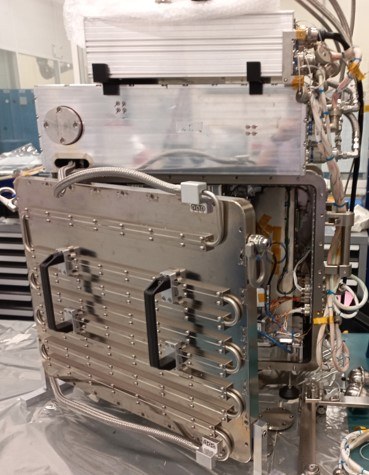The project was a joint effort by an international consortium of academics and industry. The team at Cranfield was responsible for the development of 3D printing process, which included melting process and hardware, the laser source, delivery optics, feedstock storage and feeding system and process monitoring sensors. Many components, such as the feedstock handling system and process camera had to be designed and built from scratch by the team, whilst other were modified COTS (commercial off the shelf components) modified by the suppliers in collaboration with our team.
The project was coordinated by Airbus Defence and Space, whose responsibility was to space proof the printer, prepare it for the launch and deployment, guarantee its compatibility with the control systems of the ISS and ensure safe operation. Other partners, including AddUp (France) developed the software, Highftech Engineering (Italy) built the main enclosure with cooling system and Airbus (Germany) developed the communication software.


